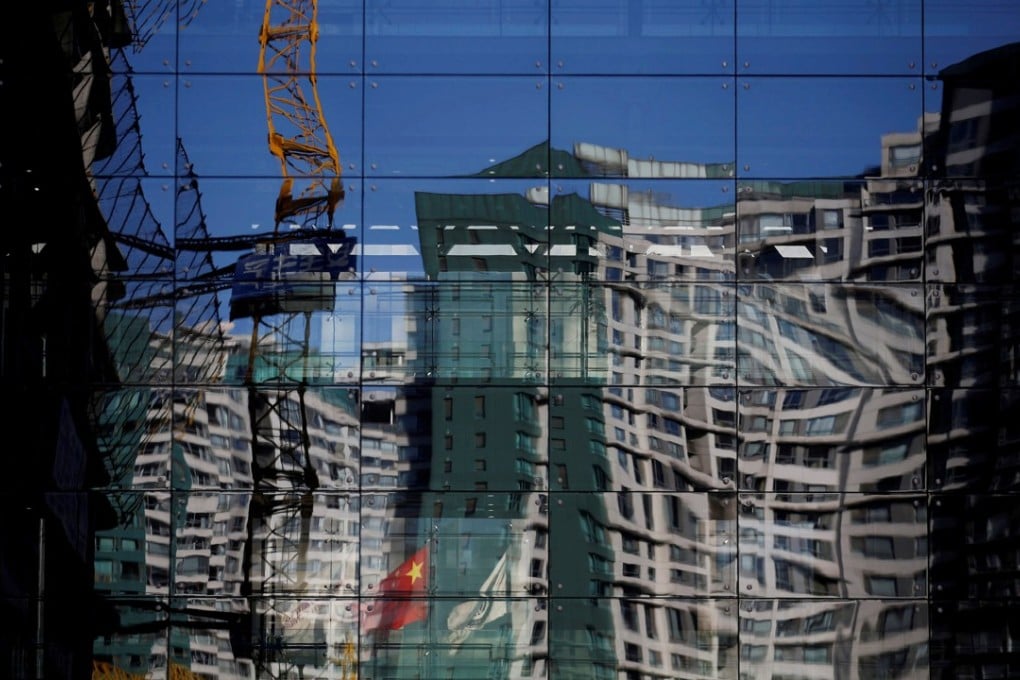The View | Is China’s credit boom going to trigger a global financial crisis? Don’t bet on it
Nicholas Spiro says there is no real cause to worry that China’s credit boom will end badly for the global economy. As a one-party system with huge resources, the country is well placed to navigate whatever turbulence comes its way

One of the most startling after-effects of the crisis is the surge in public and private indebtedness in both developed and developing economies.
Although many observers expected a wave of deleveraging to result in a decrease in the global stock of debt, the combined debt of governments, non-financial corporations and households rose by US$72 trillion over 10 years to US$169 trillion by the first half of 2017, or 236 per cent of global gross domestic product. That’s according to a report published this month by McKinsey, the consultancy, and based on data from the Bank for International Settlements.
Although governments, mainly in advanced economies, account for the bulk of the increase, growth in non-financial corporate debt in developing nations, which includes bonds and loans, makes up just over a quarter of the rise. According to the report, China alone accounts for more than half of the increase in global corporate debt, with its companies, many in construction and real estate, adding a staggering US$15 trillion in debt since 2007; China has one of the highest corporate debt ratios in the world.

